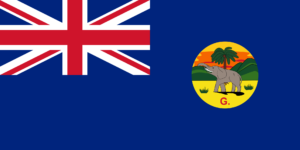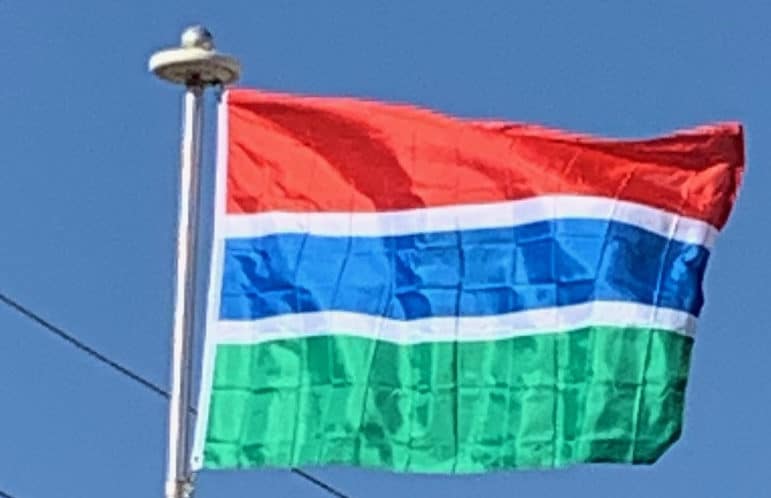
The Gambia was granted self-governance in 1963. The defaced blue ensign continued to be used until full independence was granted in 1965. The winning design for the new flag was created by Louis Thomasi, who worked as an accountant. It is one of the few African flags that does not utilize the colors of the country’s leading political party, since its design “has no political basis”. It was first hoisted at midnight on February 18, 1965, the day the Gambia became an independent country. In 1982, the Gambia formed a confederation with Senegal, which lasted for seven years before its dissolution in 1989. However, this closer union did not result in change of national symbols, and the Gambian flag continued to be flown during this time.
The colors of the flag carry cultural, political, and regional meanings. The blue alludes to the Gambia River, which is the nation’s key feature and is where the country derives its name from. The red evokes the sun – given the Gambia’s close proximity to the Equator – as well as the savanna, while the thin white stripes represent “unity and peace”. The green epitomizes the forest and the agricultural goods that the Gambian people are heavily dependent on, both for exports and their personal use.
